Erie County Catholic parishes would merge, partner under preliminary plan from diocese
Erie Catholic Bishop Lawrence Persico knows there are people who have been part of a particular parish their whole lives and maybe their parents and grandparents worshipped in the church building there, too.
Persico acknowledges that it will be hard for people to hear their parish might merge into another or their church might no longer have Masses.
Those kinds of changes are part of a preliminary plan for parishes in Erie County that Persico and other Catholic Diocese of Erie officials revealed Tuesday evening to pastors and parish leaders. The preliminary plan includes mergers, such as St. Joseph Bread of Life Parish merging into St. George Parish and St. Andrew Parish into St. Jude Parish. There are partnerships proposed, such as St. Boniface Parish and All Saints Parish. Churches such as St. Paul and St. Casimir would no longer have Sunday Masses.
"It's a sacrifice that we all have to make but we're doing it for the betterment of our future to keep the Church alive in our diocese, to keep it active," Persico told the Erie Times-News. "There will be some bitterness, some anger, but that's all natural emotions that we have to work through."
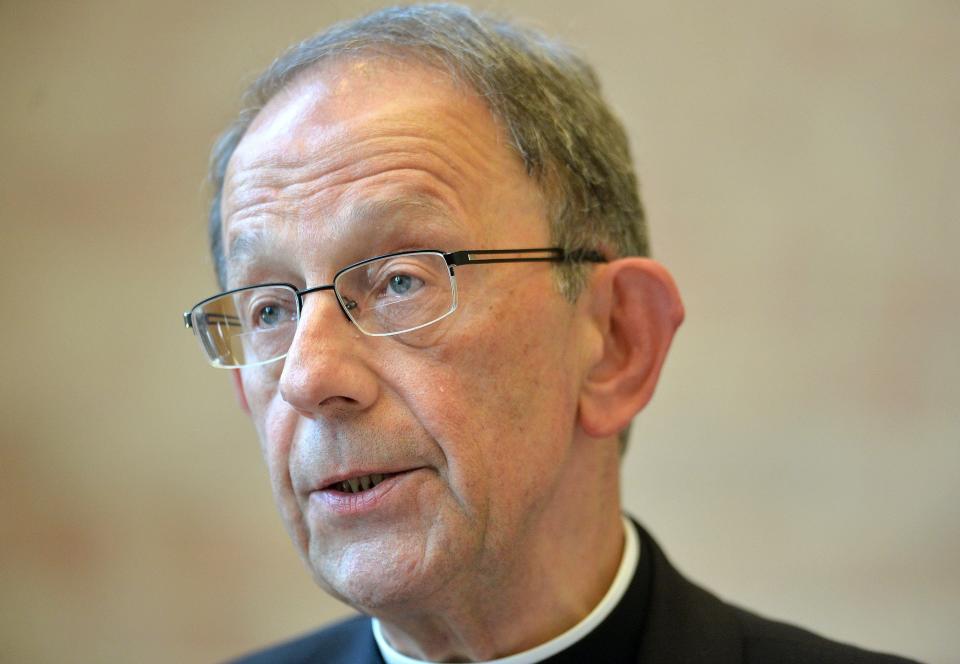
The bishop stressed that the plan is not set in stone and parts of it could be tweaked before it takes effect, likely next summer. That's happened before with parish planning in the 13-county diocese.
Parishes without changes
Seven Erie County parishes aren't expected to experience change at this time, according to the proposed plan.
They are: Holy Cross in Fairview, Our Lady of Peace in Millcreek Township, St. Gregory in North East, St. James in Erie, St. Julia in Erie, St. Patrick in Erie and St. Peter Cathedral in Erie.
What are the proposed mergers?
The preliminary plan outlines seven mergers of parishes, which are communities of people. Churches are buildings, according to definitions from the diocese.
A parish church is the principal church of a parish while secondary churches are one or more other churches in a parish. A secondary mission church has permission for Mass on Sundays and holy days, or on the evenings preceding them.
A stand-alone parish is a single community of believers with their own pastor, parish church, finances, finance council, parish pastoral council, staff and office.
A partnered parish has its own members, parish church, finances and finance council but shares a pastor, parish pastoral council, office and staff with another parish.
From 2022: More mergers part of talk about future of parishes in Catholic Diocese of Erie
Merging is explained by the diocese as bringing two parish communities together into a single entity. One parish is subsumed into another, creating one parish from two.
The proposed Erie County mergers are:
Merge St. Joseph Bread of Life Parish in Erie into St. George Parish in Millcreek. St. George would remain a stand-alone parish while St. Joseph would become its secondary mission church.
Merge St. Andrew Parish in Erie into St. Jude Parish in Millcreek. St. Jude would remain a stand-alone parish while St. Andrew would become its secondary church.
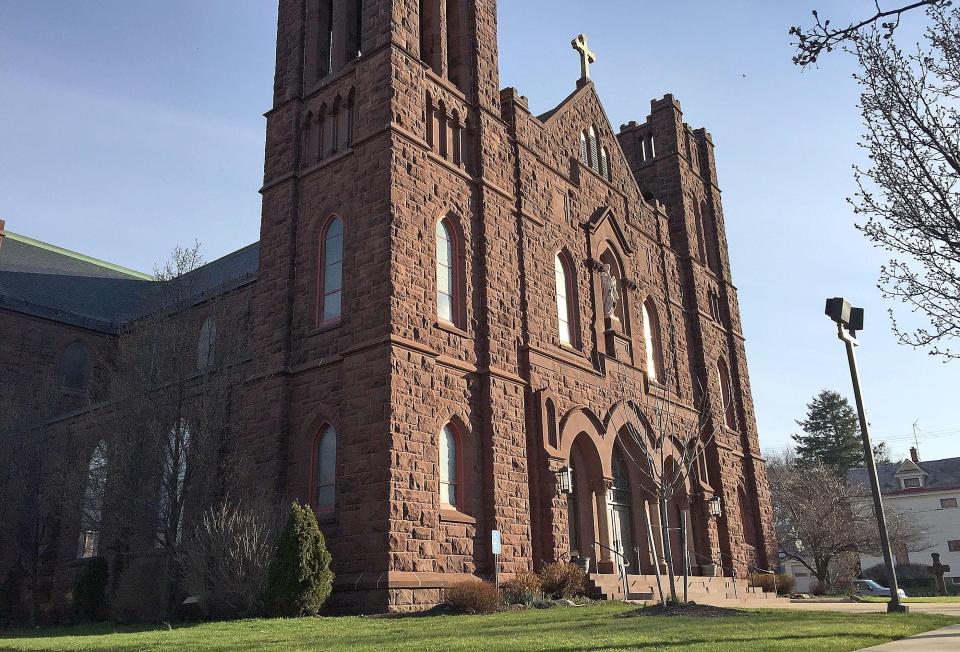
Merge Holy Rosary Parish in Erie into St. John the Baptist Parish in Erie. St. John would remain a stand-alone parish while Holy Rosary would become its secondary church. St. John and Holy Rosary are currently partner parishes.
Merge St. Mark the Evangelist Parish in Lawrence Park Township and Mount Calvary Parish in Erie into Our Lady of Mercy Parish in Harborcreek Township. Our Lady of Mercy would remain a stand-alone parish while St. Mark would become its secondary mission church and Mount Calvary would become its secondary church. St. Mark and Mount Calvary are currently partner parishes.
Merge St. Teresa of Avila Parish in Union City into St. Thomas the Apostle Parish in Corry. St. Thomas would remain a stand-alone parish while St. Teresa would become its secondary mission church. Our Lady of Fatima, currently a secondary mission church of St. Teresa, would become a secondary church of St. Thomas. St. Thomas and St. Teresa are currently partner parishes.
Merge Holy Trinity Parish in Erie and Our Mother of Sorrows Parish in Erie into St. Stanislaus Parish in Erie. St. Stanislaus would remain a stand-alone parish while Holy Trinity would become a secondary mission church. Our Mother of Sorrows' parish church, St. Casimir, and the mission churches of St. Ann and Holy Family would become secondary churches of St. Stanislaus. St. Hedwig would remain a secondary church of St. Stanislaus and also remain home to the Latin Mass Apostolate.
Merge St. Paul Parish in Erie and St. Stephen of Hungary Parish in Erie into Sacred Heart Parish in Erie. St. Paul would become a secondary church of Sacred Heart and St. Stephen would become its secondary mission church. Sacred Heart and St. Paul are currently partner parishes. Sacred Heart would instead partner with Blessed Sacrament Parish in Erie.
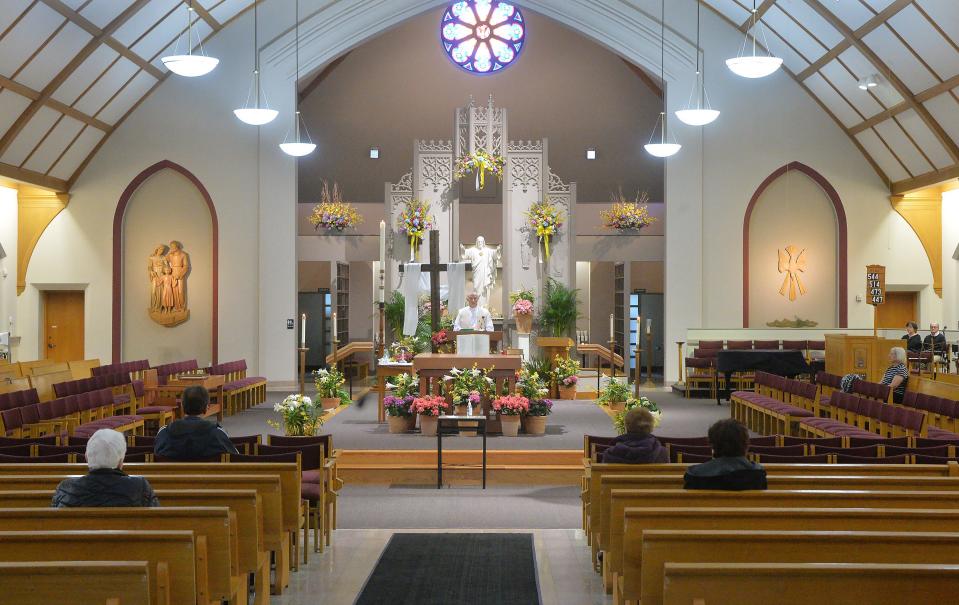
What are the proposed partnerships?
In addition to the Sacred Heart and Blessed Sacrament partnership, four others have been suggested. They are:
Partner St. Boniface Parish in Greene Township and All Saints Parish in Waterford.
Partner St. Francis Xavier Parish in McKean and Our Lady of the Lake Parish in Edinboro.
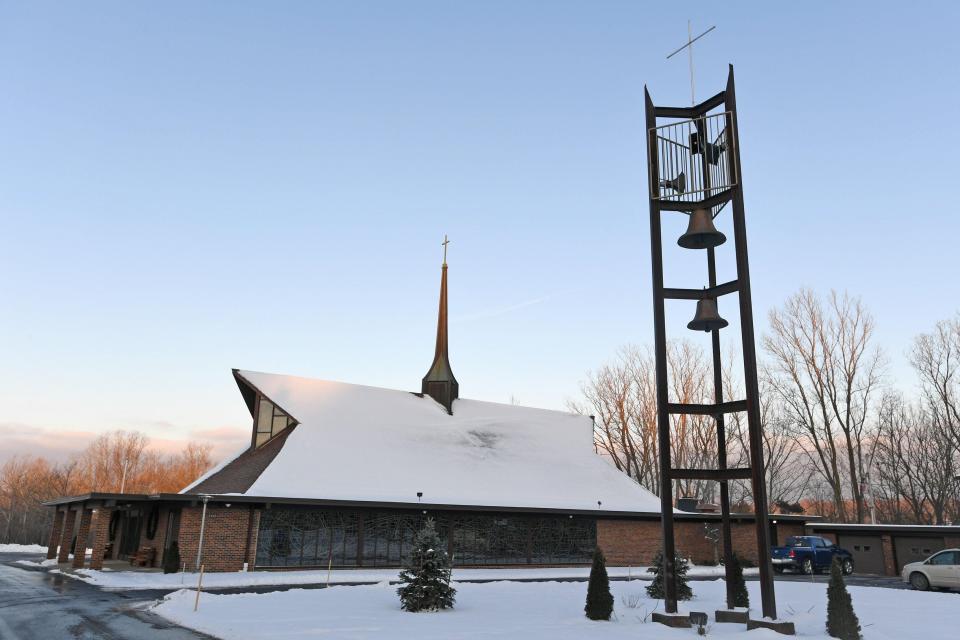
Partner St. Luke Parish in Erie and Our Lady of Mount Carmel Parish in Millcreek.
Partner St. John the Evangelist Parish in Girard and St. Lawrence the Martyr Parish in Albion, including St. Lawrence's secondary mission church of St. Philip in Crossingville.
What's next?
Pastors, members of parish financial and pastoral councils, and staff will take information from Tuesday's meeting and share it in their parishes, Persico said. It is up to individual parishes to determine how to disseminate that information, he said.
Individual and parish feedback about the proposed changes is due Sept. 29. Persico said people will be able to leave feedback via the diocese's website or by mailing in a feedback form that should be available in parishes. Each pastor, with input from his parish's leadership team, will submit a formal response.
Any adjustments will be made before a final plan is presented to the diocese's Priest Council for approval in November.
"Once approved, pastors and parish leaders will come together in the spring to receive the final plan as well as materials for sharing it with parishioners and moving toward implementation, ideally by summer," Persico wrote in an August letter to members of the Erie County parishes.
The Erie bishop said he has developed a local policy of partnering parishes and establishing secondary churches. He said that even if they no longer have regular Masses, a secondary church can still be used for funerals, baptisms, weddings and more.
"They're not closed," he said.
In order for a church to close, the pastor and parish council would need to notify Persico that the parish could no longer sustain the building. He could then relegate the church to profane but not sordid use, meaning the bishop removes the blessing or consecration of the church building and it ceases to be reserved for divine worship and can be used for non-religious purposes. The building could then be sold.
Why are changes being proposed?
Persico said there's no one reason for what's included in the parish proposal. The changes were spurred by several factors, he said.
Attendance at Roman Catholic Masses in Erie County declined by 45% between October 2010 and October 2022, according to information from the diocese.
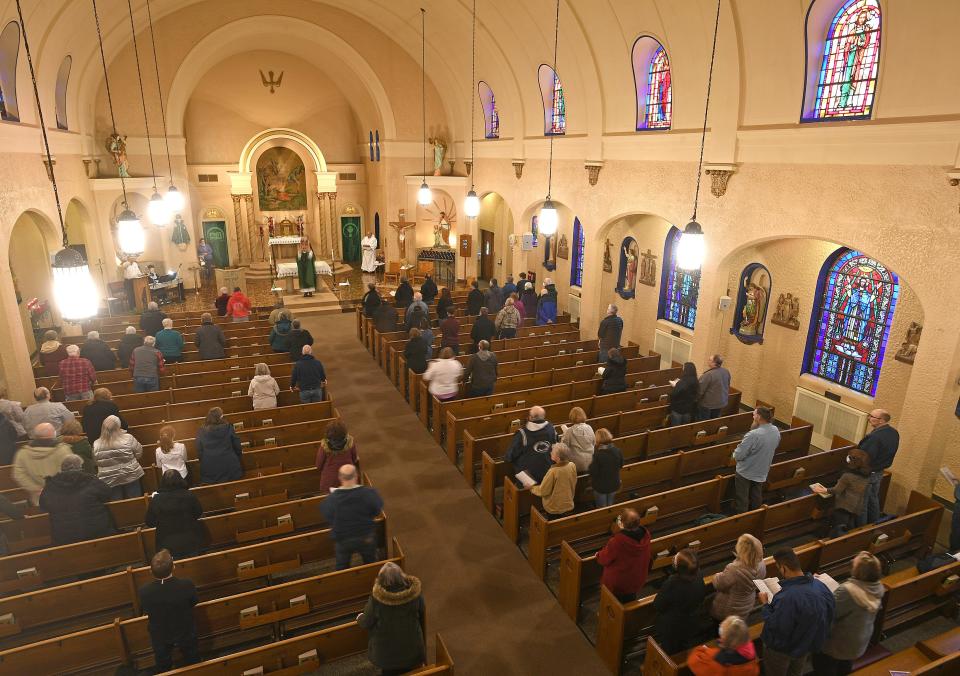
The number of priests continues to drop, with fewer joining the ranks than those hitting retirement age.
Many of the older church buildings need repairs as maintenance was deferred over the years while money was put toward ministries or schools, Persico said.
"We don't know how long these parishes can sustain themselves," he said.
Persico said COVID-19 certainly played a part as did the clergy sex abuse scandal.
He said churches were built around Erie County in the past to meet the needs of the people and those needs aren't necessarily there anymore.
"We're trying to prepare for the future by right-sizing the diocese," he said this week. "Because we're not the diocese we were 50 years ago."
Shifting plans
The entire Catholic Diocese of Erie completed a pastoral planning process in 2017. It included church mergers and partnerships throughout the diocese. The plan unveiled on Tuesday was just focused on Erie County but similar work has already been done recently in several other geographical areas.
Persico said each time that he was trying to be proactive for the future of the Catholic Church here.
However, he said that the new Erie County preliminary plan, like the diocese preliminary plan announced in 2016, could change due to feedback.
From 2016: Erie diocese releases parish plan
He said some of the recommendations received from parishes in 2016 were implemented in 2017.
"We scrapped some of the preliminary plan that we proposed because people on the local level have a better read," Persico said.
"I had to put something together so I can get the conversation going. And that's what this (new preliminary proposal) is. It's a conversation on how best we can serve, with the resources that we have, the people of Erie County."
Other parts of the diocese
Although based in Erie, the diocese covers 10,000 square miles and has already released proposed preliminary plans for its Bradford Deanery, Clearfield Deanery and Oil City Deanery.
Those plans, along with letters from Persico and more, can all be found at www.eriercd.org/planning.html.
Dana Massing can be reached at dmassing@timesnews.com.
This article originally appeared on Erie Times-News: Erie Catholic Diocese proposes parish mergers, partnerships in Erie County

